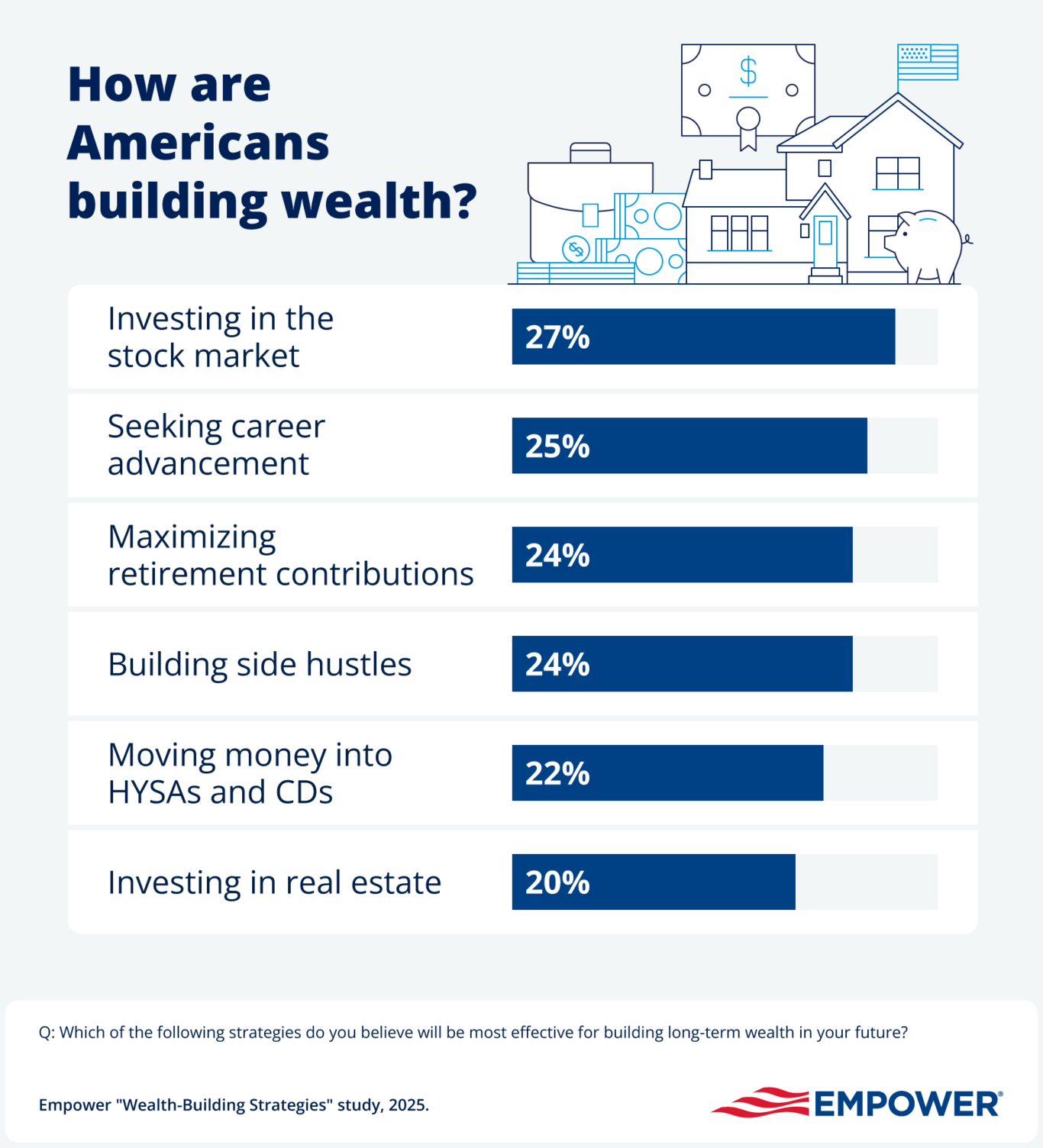The Currency
Two in five Americans say they're building wealth now to save for a comfortable retirement. These are the key strategies being used:
Two in five Americans say they're building wealth now to save for a comfortable retirement. These are the key strategies being used:
529 to Roth IRA rollover: A new way to save for retirement
Money
Theme Slug
category--money
Pathauto Slug
money
Eligible 529 savings can now be rolled into a Roth IRA for the same beneficiary, tax- and penalty-free, turning excess education funds into a powerful retirement boost.
New Fannie and Freddie loan limits are set for 2026. Here’s how they work
Money
Theme Slug
category--money
Pathauto Slug
money
New conforming loan limits for 2026 will raise the maximum mortgage loan amounts eligible for backing by Fannie Mae and Freddie Mac.
Start 2026 with a financial backup plan
Money
Theme Slug
category--money
Pathauto Slug
money
Maximize the "fresh start" feeling and focus on preparing finances heading into the next year.
















